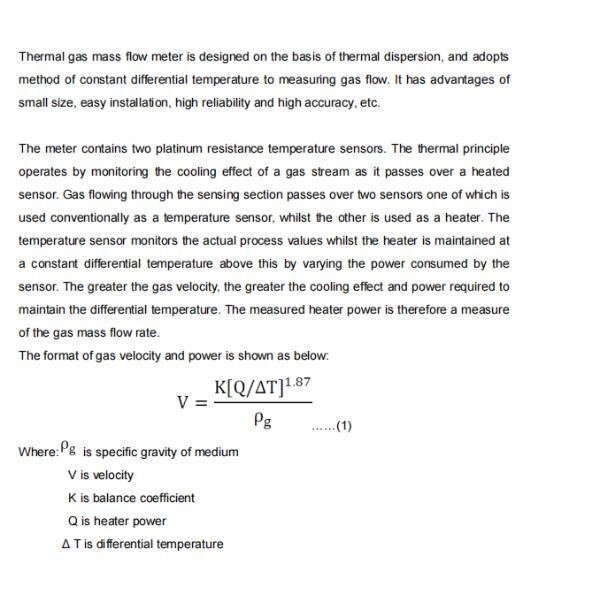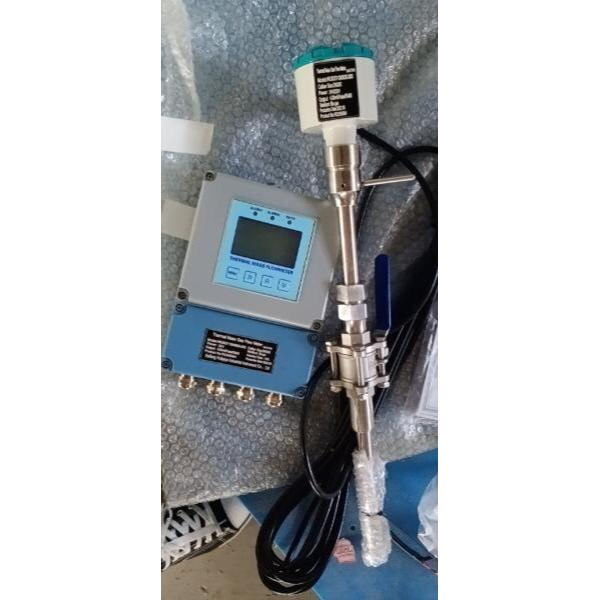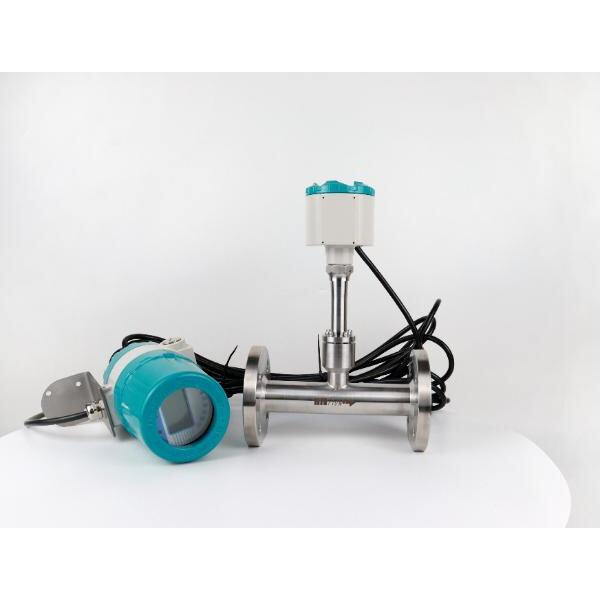Thermal mass flow meters are instruments that read how gases are flowing in a variety of industries. These devices operate because gas handles heat differently from liquid. By measuring how heat moves in a gas, thermal mass flow meters can determine a gas’s velocity.
A sensor in a thermal mass flow meter heats up as the gas moves by it. By measuring the amount of energy that needs to be added to maintain the sensor at that temperature, we can calculate the flow rate of gas. The sensor is also highly sensitive and can detect tiny changes in how fast the gas is moving. This is why thermal mass flow meters are highly accurate.
In businesses that use gases, it’s particularly important to be able to measure the rate at which the gas is flowing. Thermal mass flow meters ensure the correct amount of gas used. This helps to keep everything running smoothly, and to make sure the products are of a high quality.

Advantages of a Thermal Mass Flow Meter Thermal mass flow meters provide a dependable and accurate solution for measuring the flow of natural gas.

The chief advantage of thermal mass flow meters is that they’re highly accurate at measuring gas flow. That kind of accuracy is critical in applications in industries as diverse as oil and gas, chemicals and power generation where even a small error in flow rates can lead to big problems. (A thermal mass flow meter is easy to install, and requires very little maintenance, so it is inexpensive to use in measuring gas flow.)

Thermal mass flow meter technology is based on the laws of heat conduction and dissipation into a gas stream. As gas passes a warm sensor, it absorbs heat and cools the sensor. If we know how much heat the gas absorbs, we can determine the rate at which the gas is flowing. This is the technique that makes thermal mass flow meters both dependable and precise.


Copyright © Kaifeng Kamboda Industrial Instrument Co.,Ltd All Rights Reserved - Privacy Policy